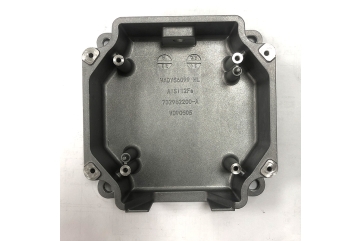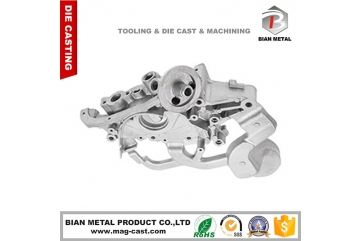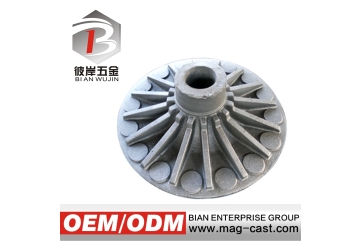What is casting a mold?
Casting a mold is a process used in manufacturing to create solid objects by pouring a liquid material, typically a molten metal, plastic, or ceramic, into a hollow mold cavity. The mold is usually made of a durable material like metal or silicone, and it’s designed to give the final product its desired shape and features.
The process typically involves several steps:
Pattern Creation: A pattern, which is a replica of the desired object, is created. This can be made from wood, metal, plastic, or other materials.
Mold Making: The pattern is used to create the mold. Depending on the complexity of the object and the materials used, the mold may be made in one or multiple pieces.
Mold Assembly: If the mold is made in multiple pieces, they are assembled together to create the complete mold.
Preparation: The mold is prepared for casting by applying release agents to prevent the casting material from sticking to the mold.
Casting: The casting material, whether it’s molten metal, plastic resin, or another substance, is poured or injected into the mold cavity.
Solidification: The casting material is allowed to cool and solidify within the mold.
Removal: Once the material has solidified, the mold is opened, and the newly formed object is removed. This may involve additional steps such as trimming or finishing to remove any excess material or imperfections.
Casting molds are commonly used in various industries including metalworking, plastic injection molding, and ceramics to produce a wide range of products from simple components to intricate parts.




